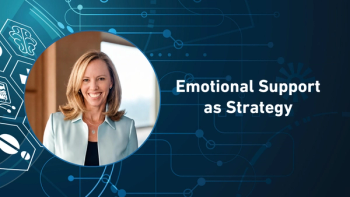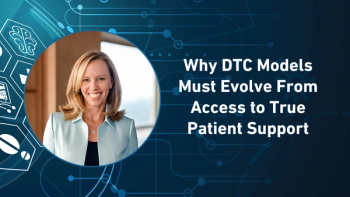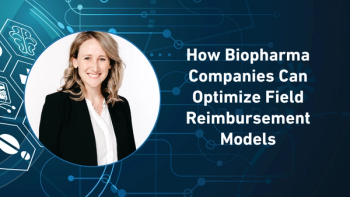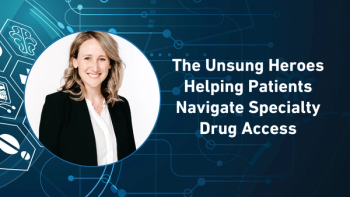
- Pharmaceutical Commerce - February 2025
- Volume 20
- Issue 1
Closing the Health Literacy and Diversity Gaps in Clinical Trials
New engagement approaches can help drive treatment gains in underrepresented communities.
There is no doubt that diversity of those who participate in clinical trials is of utmost importance, but, unfortunately, people of color, females, and those identifying as LGBTQ+ have historically been left out of them. This lack of diversity means we don’t learn enough about the impact potential treatments may have on these communities, meaning a treatment may not be as effective or safe for all communities.
According to a national poll1 of nearly 5,000 adults across the US conducted by the PAN Foundation’s Center for Patient Research, more than half (61%) stated that they are interested in participating in a clinical trial in the future. However, when those who have never participated in a clinical study were asked why, the No. 1 reason for all populations is simply that no one had asked them to participate. Specifically, only 22% of people of color and 20% of LGBTQ+ adults say their healthcare provider (HCP) has discussed the option of a clinical trial with them.
Also of note, at least two-thirds report that they would consider participating in a clinical trial if their HCP would have encouraged them, or if they knew the findings would help people who look or identify like them. That’s why improving health literacy about clinical trials, for both patients and HCPs, is critically important. The PAN Foundation recently launched its "Opening Doors to Clinical Trials" national educational initiative,2 which offers three services, all working toward the goal of encouraging people from diverse communities to learn how clinical trials may help them.
- Increasing health literacy with digital education. The content gives people the knowledge they need to better understand the basics of clinical trials, while also addressing medical mistrust and misconceptions, along with the urgent need for greater participant diversity.
- Empowering people to take action. An online clinical trial finder that removes barriers to trial access by providing a streamlined, user-friendly approach to searching for a trial.
- Providing personalized assistance. Clinical trials can be difficult to navigate alone, which is why navigators can provide one-on-one help by addressing concerns and connecting patients with community resources that can help remove common barriers many may face when accessing clinical trials, such as transportation.
At PAN, we’re dedicated to ensuring everyone has equitable access to the healthcare they need, including clinical trials. We hope to debunk the perception that these communities are hard to reach when it comes to them. What we are finding is they aren’t hard to reach; instead, they are hardly reached. We all must work together to change that.
In 2025, we look forward to expanding our "Opening Doors" initiative event further. Our goal is to reach more patients nationwide, support HCPs with the tools they need to help their patients, expand collaborations with patient and provider groups, and continue to provide patients with real-time support to remove barriers to their access to care.
About the Author
Amy Niles is chief mission officer at PAN Foundation.
References
1. Opening Doors to Clinical Trials Survey: 2024 National Poll. PAN Foundation.
2. Opening Doors to Clinical Trials. PAN Foundation.
Articles in this issue
9 months ago
3PLs and New Voices9 months ago
Beyond the GLP-1 Headlines9 months ago
3PLs: From Resilience to Sustainability9 months ago
The Prominence of Pharmacy Deserts9 months ago
M&A in Pharma: Balancing Growth and Risk9 months ago
Welcome to the 'Dark Side'9 months ago
Rebates or Patients?Newsletter
Stay ahead in the life sciences industry with Pharmaceutical Commerce, the latest news, trends, and strategies in drug distribution, commercialization, and market access.





